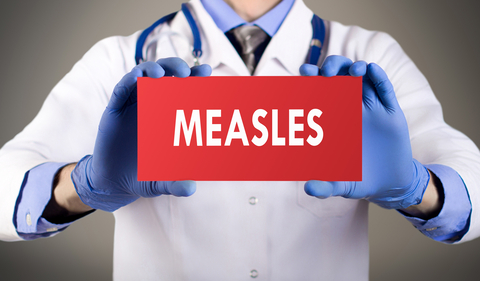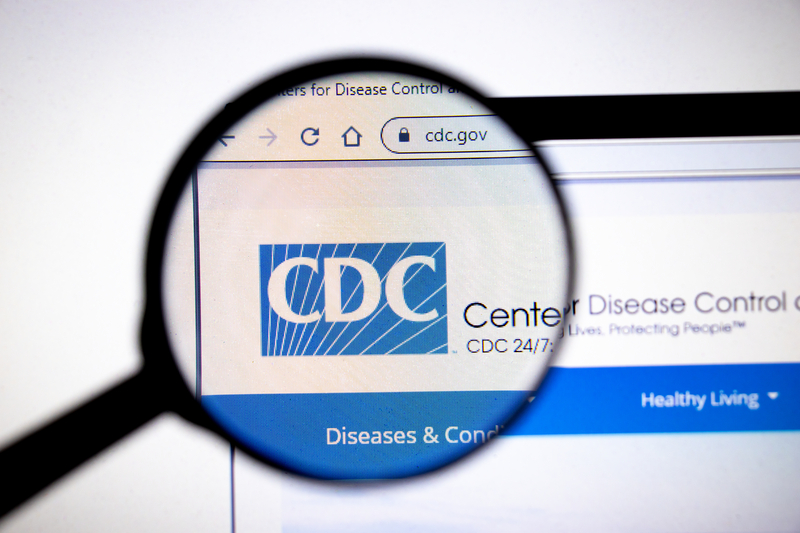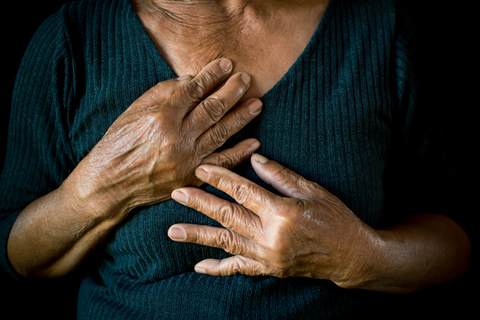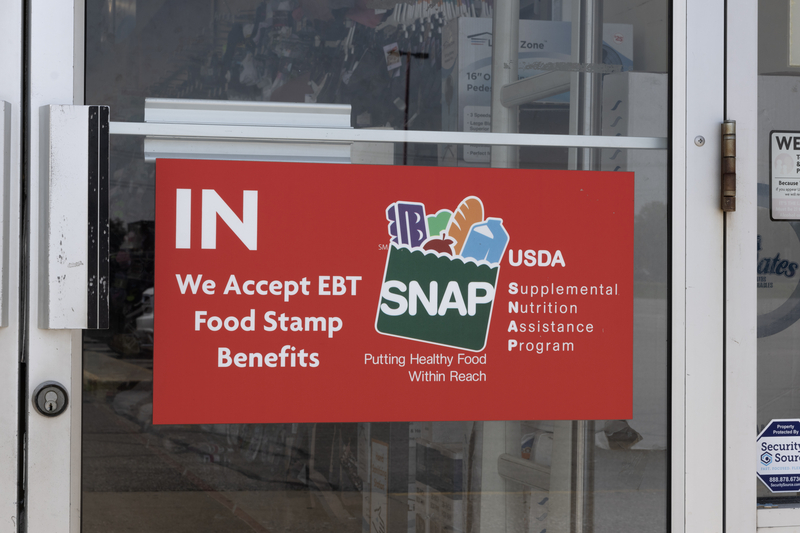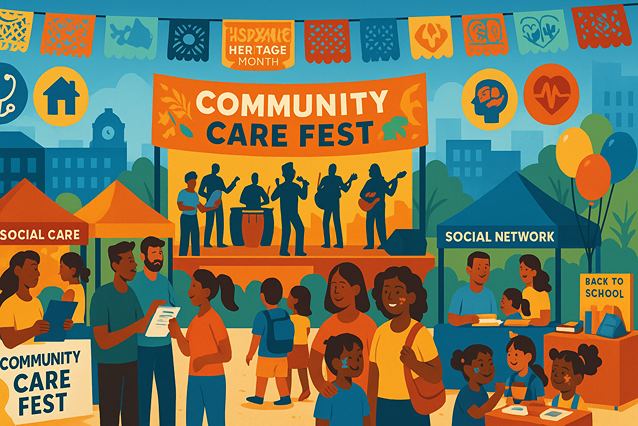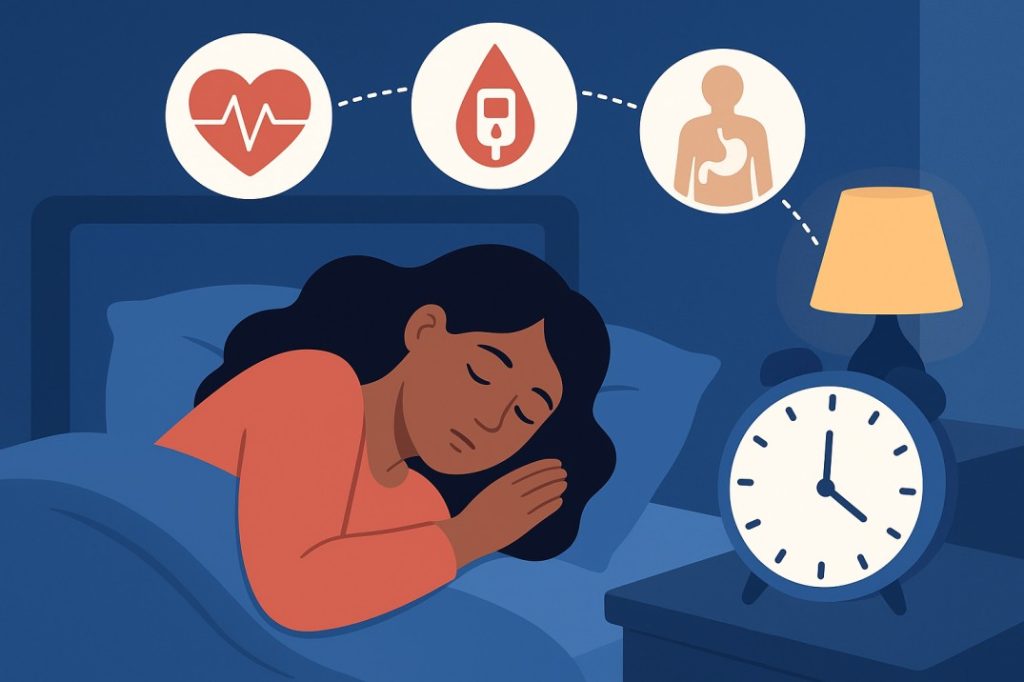- By Subash Kafle

Childhood high blood pressure is becoming far more common than most people realize. Not long ago, most people thought high blood pressure, high cholesterol and Type 2 diabetes were problems only older adults needed to worry about. Now, more doctors are seeing these same conditions in children and teenagers, with some kids showing early warning signs as young as elementary or middle school. Not long ago, most people thought high blood pressure, high cholesterol, and Type 2 diabetes were only adult concerns. Now, doctors are seeing childhood high blood pressure and related conditions in kids as young as elementary school.
In the United States, the Centers for Disease Control and Prevention (CDC) says about 1 in 5 children and teens ages 2 to 19 now has obesity. That is around 14 to 15 million young people. Childhood obesity has more than tripled since the 1970s, and rates are highest among Black and Hispanic children and kids from families with lower incomes. This extra weight raises the risk for high blood pressure, high blood sugar and cholesterol problems, which can lead to heart disease later in life.
Around the world, researchers are seeing a similar pattern. A large study in The Lancet Child & Adolescent Health found that the share of children and teens with high blood pressure almost doubled between 2000 and 2020. The authors estimate that more than 100 million children and teenagers now live with high blood pressure or its early signs. Many of those kids also have extra weight.
“Adult diseases” in kids are becoming more common. But they are not something families are powerless against.
Adult problems showing up early
High blood pressure in children is measured differently than in adults. Doctors use the child’s age, sex and height to decide whether a reading is normal or too high. Even with those stricter rules, recent studies suggest a few percent of children have high blood pressure, and more have “elevated” levels that may get worse over time if nothing changes.
Extra weight is one of the main causes. When a child carries more weight than is healthy, the heart has to work harder. Blood vessels can become stiffer and more inflamed. In some studies, about 1 in 5 children with obesity also had high blood pressure, while only a small number of kids with a healthy weight did.
Screen time also plays a big role. Children and teens spend many hours each day on phones, tablets, computers and TVs. The American Heart Association has shared research showing that more recreational screen time is linked to higher health risks in kids, including higher blood pressure, cholesterol and blood sugar. These are all early warning signs of future heart disease.
One reason is that screen time often pushes out movement and sleep. Federal guidelines in the United States recommend that children and teens get at least 60 minutes of moderate to strong physical activity every day. That could be brisk walking, biking, dancing or active play. But national data show that only about 1 in 5 U.S. teens meet this goal. At the same time, many kids stay up late using their devices, so they do not get enough good-quality sleep.
These health problems do not hit all families in the same way. Because of long-standing inequalities, children in many Black, Latino, Indigenous and low-income communities have fewer chances to eat healthy foods and be active. Fast food and sugary drinks are heavily marketed in these neighborhoods. Fresh fruits and vegetables can be more expensive or hard to find. Safe parks, playgrounds and sidewalks may be limited. For parents working long hours or juggling several jobs, it can be hard to find time and energy for cooking and outdoor activities. In those situations, screen time can feel like the easiest way to keep kids busy and safe, even when parents know it is not ideal.
What families and communities can do?
The good news is that early signs of “adult diseases” in kids are also a chance to act early. Children’s bodies are still growing and can improve quickly when their habits and surroundings change.
Doctors encourage regular checkups that include blood pressure checks starting around age 3. If a child has high blood pressure, prediabetes or obesity, the first step is usually not medicine. Most doctors begin with changes to daily life: healthier food, less sugary drinks, more movement, better sleep and less time sitting in front of screens. Parents can ask their child’s doctor to explain the numbers on growth charts and blood pressure readings in plain language and to connect them with dietitians, community health workers or local programs that support healthy habits.
At home, small changes can add up. Families can serve water or low-fat milk instead of soda or energy drinks. They can offer fruits or vegetables at most meals and try to eat together without phones or TV on in the background. Movement can be built into everyday life. Walking to school when it is safe, dancing in the living room, shooting hoops, riding bikes or taking a short family walk after dinner all count. These do not have to be long or perfect workouts. The most important thing is to move more and sit less.
Limiting recreational screen time can also help. Families might decide to keep devices out of children’s bedrooms at night, turn off autoplay on video apps, and set “no-screen” times, such as during meals or the first hour after school. Replacing some scrolling and gaming time with play, chores or outside time can improve sleep, mood and heart health.
Communities and schools can make healthy choices easier. Safe sidewalks, crosswalks, lighting and parks encourage walking and play. Affordable sports teams, dance classes and after-school programs give kids active options that are fun. Healthy school meals and rules that reduce junk food and sugary drink marketing in and around schools help children eat better during the day. School nurses, local clinics and community health centers can offer blood pressure checks, nutrition advice and mental health support.
Policy changes can support families too. Public health groups, including the World Health Organization and UNICEF, are calling for stronger limits on marketing unhealthy food and drinks to children, clearer food labels and more investment in neighborhoods that lack safe places to play or buy healthy food. They warn that, for the first time, more school-age children worldwide are living with obesity than with underweight. That shift is happening fastest in low- and middle-income countries, where ultra-processed foods and sedentary lifestyles are spreading quickly.
It can be scary for parents to hear that their child has high blood pressure, extra weight or prediabetes. But health experts stress that these early signs are not a life sentence. With support from families, schools and communities, children can improve their health now and lower their risk for serious disease later.
The bottom line is simple: kids should not have to carry the same disease burden as adults. By paying attention to blood pressure, weight and screen time—and by changing the environments that make unhealthy choices the easiest ones—we can give the next generation a better chance to grow up strong, active and heart-healthy.
Also Read: Youth Vaping Among Minority Teens: Risks for Respiratory Health
Stay Informed. Stay Empowered.
Trending Topics
Features
- Drive Toolkit
Download and distribute powerful vaccination QI resources for your community.
- Health Champions
Sign up now to support health equity and sustainable health outcomes in your community.
- Cancer Early Detection
MCED tests use a simple blood draw to screen for many kinds of cancer at once.
- PR
FYHN is a bridge connecting health information providers to BIPOC communities in a trusted environment.
- Medicare
Discover an honest look at our Medicare system.
- Alliance for Representative Clinical Trials
ARC was launched to create a network of community clinicians to diversify and bring clinical trials to communities of color and other communities that have been underrepresented.
- Reducing Patient Risk
The single most important purpose of our healthcare system is to reduce patient risk for an acute event.
- Jessica Wilson
- Subash Kafle


